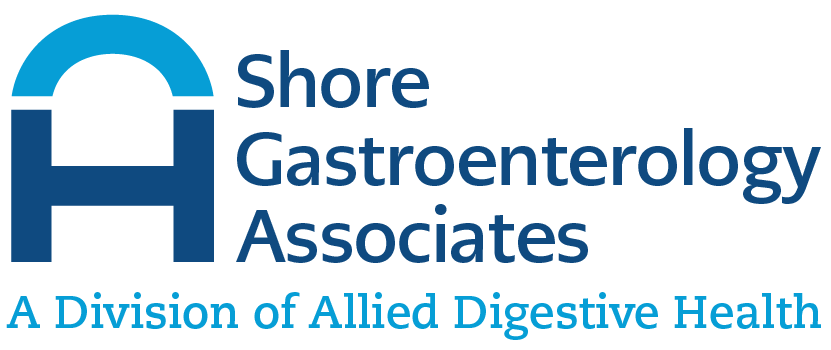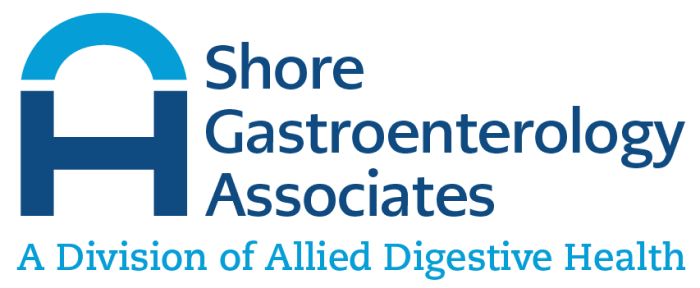What is an Upper GI Endoscopy (EGD)?
Your gastroenterologist may order an upper GI endoscopy, also known as esophago-gastro-duodenoscopy (EGD), to either diagnose or treat a problem. EGD can be diagnostic as well as therapeutic. During a typical upper GI endoscopy, your physician will insert a long, thin tube with a tiny camera attached through your throat in order to examine your upper gastrointestinal tract. An endoscopy examines the esophagus, stomach, and upper part of the small intestine, known as the duodenum, to get a closer look at what may be causing symptoms, to determine the extent of a specific condition, such as cancer, or to treat an issue. Your gastroenterologist can also take a tissue sample (biopsy) during the procedure.
An upper GI endoscopy is a very common and safe procedure. It is an outpatient procedure, and you’ll return home the same day. Anesthesia via intravenous sedation is administered during the procedure so you do not feel any pain or discomfort.
How Does One Prepare for an Upper GI Endoscopy (EGD)?
Please visit our Endoscopy FAQ page as a resource for commonly asked prep questions.
Shore Gastroenterology
How is an Upper GI Endoscopy (EGD) Performed?
You will be instructed to lie on your left side so that an IV can be inserted for sedation. A mouth guard will be placed in your mouth in order to protect the endoscope from your teeth. Once the sedation takes effect, a lighted flexible endoscopy will be passed in your mouth. Imaged will be transmitted from a small camera at the tip of the endoscope, which will be examined by your physician. A biopsy may need to be taken for further testing or dilation may need to be performed.
The endoscope will be carefully removed. The time for the procedure may vary from 10 to 20 minutes depending on the findings during the procedure.
What Happens After the Upper GI Endoscopy (EGD) is Done?
Immediately following an upper endoscopy, you will spend some time resting in recovery while the sedation medication, if used, wears off. Upper endoscopy is performed as an outpatient procedure, so you can have your procedure in an ambulatory surgery center, which can provide better accessibility and ease compared to a hospital.
Once home, some patients report symptoms of bloating, cramping or a sore throat, but these symptoms should be mild and improve with time. Contact your doctor if your symptoms do not improve.
What are the Risks Associated with an Upper GI Endoscopy (EGD)?
The risks are very low with an upper endoscopy but can include: bleeding from the biopsy area or removal of a polyp or growth, perforation (a hole or deep tear in the lining of the gastrointestinal tract), and complications from anesthesia or diseases such as heart and lung disease.


